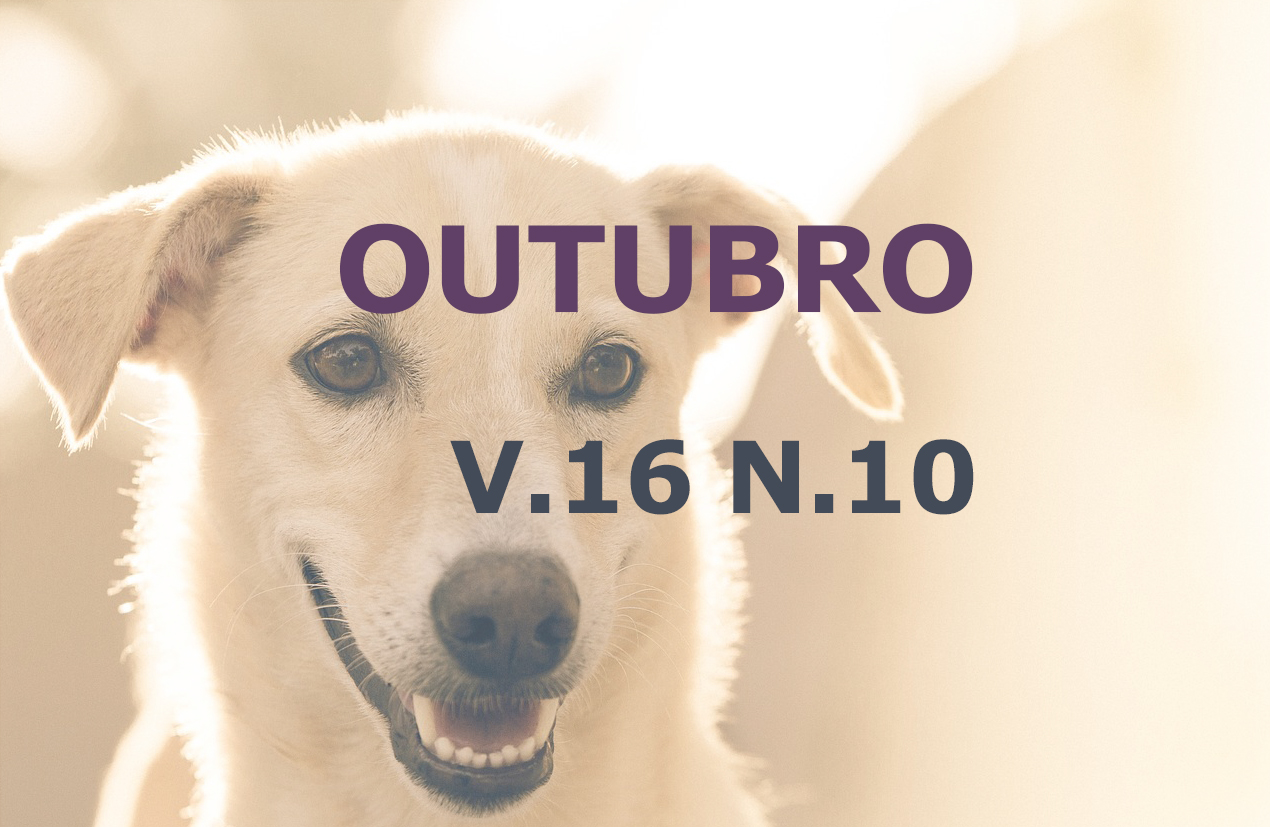Comparative analysis of the etiopathogenesis and therapy of urolithiasis in dogs, cats and guinea pigs
DOI:
https://doi.org/10.31533/pubvet.v16n10a1250.1-14Keywords:
Company animals, urethral obstruction, uroliths, lower urinary tractAbstract
The relationship between humans, dogs and cats has become closer in recent years in addition to the adherence of tutors to unconventional pets, such as Guinea Pigs into the family environment. Companion animals are impacted positively and negatively by this relationship, and several of the negative aspects of clinical conditions are related to their management in which urolithiasis is noteworthy. This is a multifactorial disease that includes dietary and non-dietary factors for the formation of uroliths and their prevalence varies according to the species. Some uroliths, such as struvite, are susceptible to dissolution and the treatment is related to a dietary change; while others, like calcium oxalate, treatment is based on surgical procedure. In that regard, this review aims to highlight the importance of urolithiasis in different species such as dogs, cats and guinea pig, comparing the etiopathogenesis of uroliths.
Downloads
Published
Issue
Section
License
Copyright (c) 2022 Giovanna Guedes Morgado, Mariana Calvetti de Castro, Mariana Mei Kawabata, João Paulo Fernandes Santos

This work is licensed under a Creative Commons Attribution 4.0 International License.
Você tem o direito de:
Compartilhar — copiar e redistribuir o material em qualquer suporte ou formato
Adaptar — remixar, transformar, e criar a partir do material para qualquer fim, mesmo que comercial.
O licenciante não pode revogar estes direitos desde que você respeite os termos da licença. De acordo com os termos seguintes:
Atribuição
— Você deve dar o crédito apropriado, prover um link para a licença e indicar se mudanças foram feitas. Você deve fazê-lo em qualquer circunstância razoável, mas de nenhuma maneira que sugira que o licenciante apoia você ou o seu uso. Sem restrições adicionais
— Você não pode aplicar termos jurídicos ou medidas de caráter tecnológico que restrinjam legalmente outros de fazerem algo que a licença permita.





